Genus Alasmidonta Rank Species | Scientific name Alasmidonta varicosa Higher classification Alasmidonta Order Unionoida | |
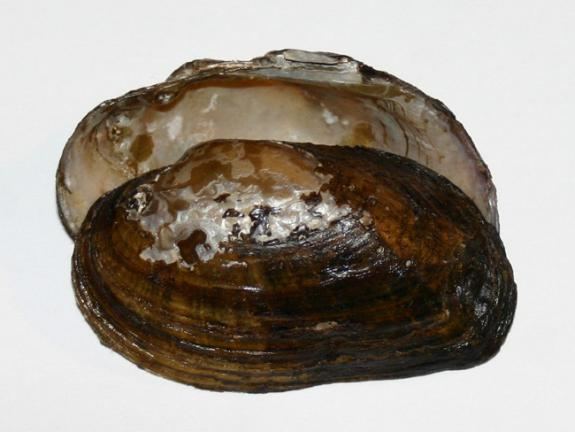 | ||
Similar Alasmidonta, Dwarf wedgemussel, Yellow lampmussel, Green floater, Strophitus undulatus | ||
The brook floater (also known as swollen wedgmussel), Alasmidonta varicosa, is a species of freshwater mussel, an aquatic bivalve mollusk in the family Unionidae, the river mussels. It measures 25.1 mm to 80.2 mm in length although other research also suggests it rarely exceeds three inches (75 mm).
Contents
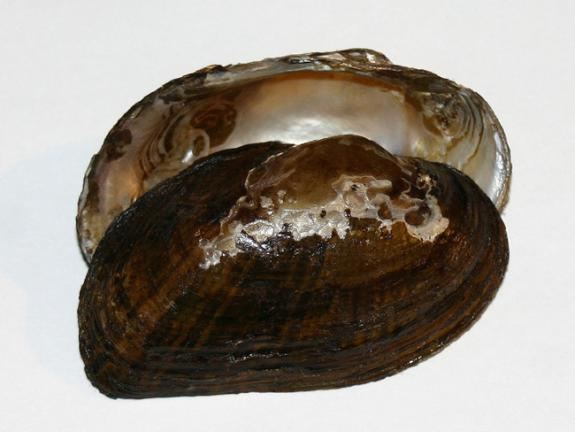
Distribution
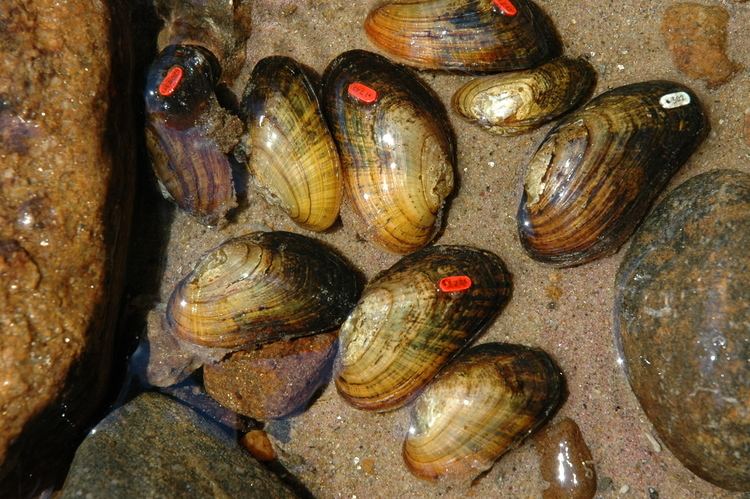
This species is found in Canada (New Brunswick and Nova Scotia) and northeastern United States (Connecticut, Georgia, Maine, Maryland, Massachusetts, New Hampshire, New Jersey, New York, North Carolina, Pennsylvania, South Carolina, Vermont, Virginia and West Virginia); It was formerly found in Rhode Island and four watersheds in Massachusetts. 1897 Research by Arnold Edward Ortmann showed it to be common in the Delaware and Susquehanna Rivers.
Habitat and behavior
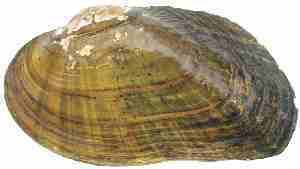
This mussel lives in high relief streams, under boulders and in sand. Research has shown that it is highly sensitive to increased thermal temperature. It associates with longnose and eastern blacknose dace, golden shiner, pumpkinseed, slimy sculpin and yellow perch.
Survival threats and conservation
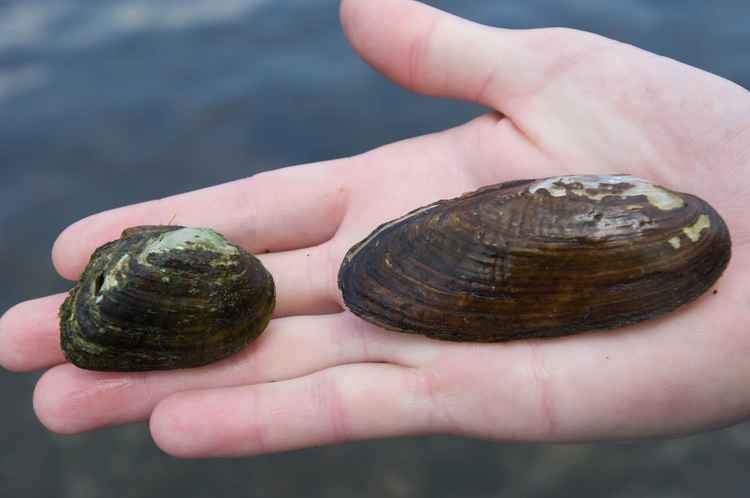
The brook floater is sensitive to habitat loss for development, dams and road crossings, pollution, summer droughts, trampling, sedimentation, flow alteration, and low oxygen conditions. Hybridization with elktoe (Alasmidonta marginata), a longtime ally, has also shown to be a threat. Research has also shown the population is highly fragmented, low in density, prone to mortality due to old age and there are also low chances of longevity and viable reproduction. Trematoda rhopalocercous cercaria is a parasite of the brook floater. Current research shows population that were largely and widespread known declined by 50% t0 95% to almost extinct.
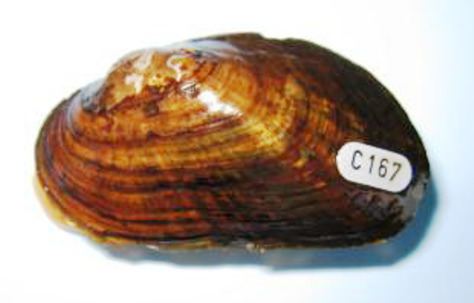
While the IUCN lists it as Data Deficient, the states of New Jersey, Virginia, Massachusetts and New Hampshire all list it as Endangered, Threatened in Vermont, Maine and New York, Rare/Endangered in Connecticut, and "Species of Special Concern" by the federal government.
